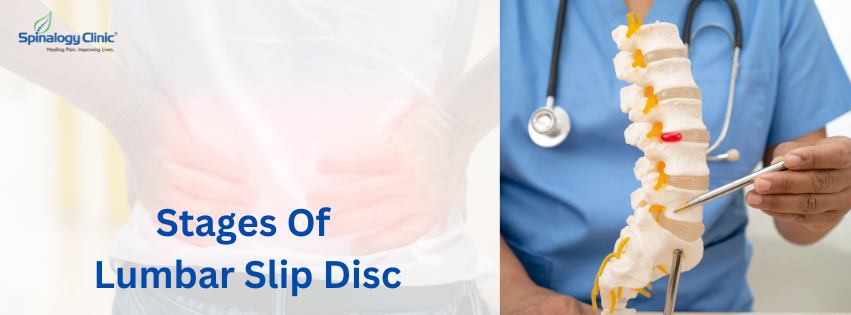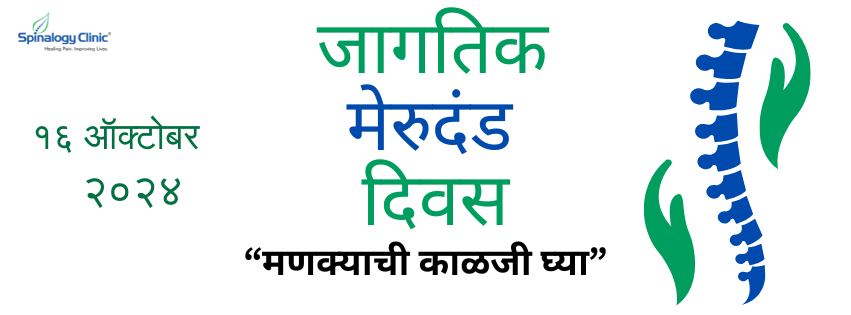What Causes Low Back and Leg Pain?
Low back and leg pain can have many causes, including injury, age-related degenerative conditions, arthritis, and nerve damage.
Other potential causes include herniated discs, spinal stenosis, spondylolisthesis, sciatica, and muscle strain. Spinal injection, Physical therapy, lifestyle changes, ergonomics, or medications may all be used as treatments, depending on the underlying cause.
Main causes of Low back and Leg pain
- Spondylolisthesis- One vertebra in the spine might move forward in proportion to the vertebrae above and below due to spondylolisthesis.
- Sciatica: The term "sciatica" refers to pain that travels along the sciatic nerve, which originates in the lower back and runs through the hips, buttocks, and down the back of each leg. It is usually caused by a herniated disc, spinal canal narrowing (spinal stenosis), or an injury or irritation of the sciatic nerve.
- Poor posture: Sitting or standing for long periods in a bad posture can cause strain on the muscles and ligaments of the back and neck, leading to pain.
- Muscle strain: Overuse, sudden movement, or lifting something heavy can cause the muscles in the back and neck to become strained or pulled.
- Osteoarthritis: Inflammation and pain due to degeneration of facet joints of the lumbar spine.
- Trauma: Pain may also result from a fall or automobile accident-related injury to the back.
- Disc problems: A bulging or herniated disc in the spine can irritate nerves and hurt them.
- Piriformis Syndrome: Compression of sciatic nerve in piriformis muscle causes radiating pain in the leg.
- Sacroiliac Dysfunction: Inflammation of sacroiliac joints due to arthritis or dysfunction can cause pain in the low back.
- Stress: Pain might result from strained back muscles brought on by stress.
When to reach out to a doctor in case of back or leg pain?
It is important to contact a doctor if you experience back or leg pain that persists for more than two weeks, worsens over time, or is accompanied by other symptoms such as fever, numbness, or tingling. Additionally, you should seek medical attention immediately if you experience sudden and severe back or leg pain.
How can one treat low back and leg pain in the comfort of one home?
- Practice good posture: Back and leg pain can result from poor posture. When you're standing or sitting, be sure your back is straight and spine curvatures are supported.
- Exercise regularly: Regular exercise can help strengthen the muscles in your back and neck, which can help prevent future pain.
- Use a heat or cold pack: Applying heat or cold to your back can help reduce inflammation and relieve pain.
- Use over-the-counter pain relievers: Ibuprofen and paracetamol, two over-the-counter painkillers, can help lessen discomfort and inflammation.
- Try stretching: Stretching your back muscles helps ease tension and discomfort.
- Try yoga or tai chi: These gentle forms of exercise can help improve posture and reduce muscle tension.
- Get a massage: Massage therapy helps ease muscle tension, increase circulation, and lessen stress.
Conclusion:
Low back and leg pain can have many causes, from lifestyle choices to medical conditions. With the right diagnosis and treatment, reducing or even eliminating your low back and leg pain is possible.
_1682489721.jpg)
_1738219992.png)


